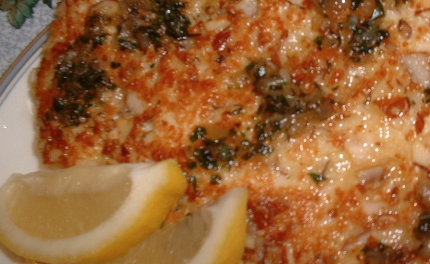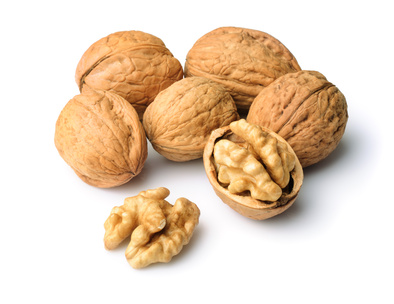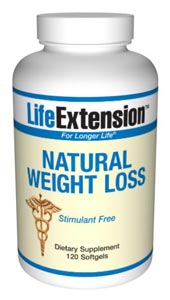A large analysis of current research shows that people who eat at least 20g of nuts a day have a lower risk of heart disease, cancer and other diseases.
The analysis of all current studies on nut consumption and disease risk has revealed that 20g a day – equivalent to a handful – can cut people’s risk of coronary heart disease by nearly 30 percent, their risk of cancer by 15 percent, and their risk of premature death by 22 percent.

Crunchy Almond Chicken – see the tasty chicken recipe below
An average of at least 20g of nut consumption was also associated with a reduced risk of dying from respiratory disease by about a half, and diabetes by nearly 40 percent, although the researchers note that there is less data about these diseases in relation to nut consumption.
The study, led by researchers from Imperial College London and the Norwegian University of Science and Technology, is published in the journal BMC Medicine.
The research team analysed 29 published studies from around the world that involved up to 819,000 participants, including more than 12,000 cases of coronary heart disease, 9,000 cases of stroke, 18,000 cases of cardiovascular disease and cancer, and more than 85,000 deaths.
While there was some variation between the populations that were studied, such as between men and women, people living in different regions, or people with different risk factors, the researchers found that nut consumption was associated with a reduction in disease risk across most of them.
Study co-author Dagfinn Aune from the School of Public Health at Imperial said: “In nutritional studies, so far much of the research has been on the big killers such as heart diseases, stroke and cancer, but now we’re starting to see data for other diseases.
“We found a consistent reduction in risk across many different diseases, which is a strong indication that there is a real underlying relationship between nut consumption and different health outcomes. It’s quite a substantial effect for such a small amount of food.”
The study included all kinds of tree nuts, such as hazel nuts and walnuts, and also peanuts – which are actually legumes. The results were in general similar whether total nut intake, tree nuts or peanuts were analysed.
What makes nuts so potentially beneficial, said Aune, is their nutritional value: “Nuts and peanuts are high in fibre, magnesium, and polyunsaturated fats – nutrients that are beneficial for cutting cardiovascular disease risk and which can reduce cholesterol levels.
“Some nuts, particularly walnuts and pecan nuts are also high in antioxidants, which can fight oxidative stress and possibly reduce cancer risk. Even though nuts are quite high in fat, they are also high in fibre and protein, and there is some evidence that suggests nuts might actually reduce your risk of obesity over time.”
The study also found that if people consumed on average more than 20g of nuts per day, there was little evidence of further improvement in health outcomes.
The team are now analysing large published datasets for the effects of other recommended food groups, including fruits and vegetables, on a wider range of diseases.
About the research
1. “Nut consumption and risk of cardiovascular disease, total cancer, all-cause and cause- specific mortality: a systematic review and dose-response meta-analysis of prospective studies” by Dagfinn Aune et al. will be published in BMC Medicine at 01:00 London time (GMT) Monday 5 December 2016.
2. About Imperial College London
Imperial College London is one of the world’s leading universities. The College’s 16,000 students and 8,000 staff are expanding the frontiers of knowledge in science, medicine, engineering and business, and translating their discoveries into benefits for society.
Founded in 1907, Imperial builds on a distinguished past – having pioneered penicillin, holography and fibre optics – to shape the future. Imperial researchers work across disciplines to improve health and wellbeing, understand the natural world, engineer novel solutions and lead the data revolution. This blend of academic excellence and its real-world application feeds into Imperial’s exceptional learning environment, where students participate in research to push the limits of their degrees.
Imperial collaborates widely to achieve greater impact. It works with the NHS to improve healthcare in west London, is a leading partner in research and education within the European Union, and is the UK’s number one research collaborator with China.
Imperial has nine London campuses, including its White City Campus: a research and innovation centre that is in its initial stages of development in west London. At White City, researchers, businesses and higher education partners will co-locate to create value from ideas on a global scale.
www.imperial.ac.uk
Almond Crusted Chicken – Serves 4 – each serving approx 250 calories
Ingredients
- 3/4 cup ground almonds
- 1/2 cup all-purpose flour
- 1 teaspoon dry thyme
- 1 teaspoon onion powder
- 1 teaspoon garlic powder
- 1/2 teaspoon salt
- 1/2 teaspoon pepper
- 1/2 cup skim milk
- 4 boneless, skinless, chicken breast, 4 ounces each
- 1 tablespoon olive oil

Directions
Heat oven to 400 F. Lightly coat a baking sheet with cooking spray. In a medium bowl, combine the ground almonds, flour, thyme, onion powder, garlic powder, salt and pepper. Pour the milk in a separate medium-sized bowl. Coat each chicken breast in the almond mixture, then into the milk, and back into the almond mixture, and place on the baking sheet.
Preheat a nonstick saute pan on medium-high heat, and add the olive oil to the pan. Once the pan is hot, place the chicken breasts in the pan and reduce heat to medium. Sear the chicken breasts on one side until they are golden brown, then sear on the other side for 1 minute. Place chicken back on the greased baking sheet and bake in the oven for about 10 minutes or until the internal temperature reaches 165 F.
Nutritional analysis per serving
Serving size :1 chicken breast
- Calories 250
- Total fat 11 g
- Saturated fat 1 g
- Trans fat 0 g
- Monounsaturated fat 6 g
- Cholesterol 83 mg
- Sodium 291 mg
- Total carbohydrate 9 g
- Dietary fiber 2 g
- Total sugars 0 g
- Protein 28 g









